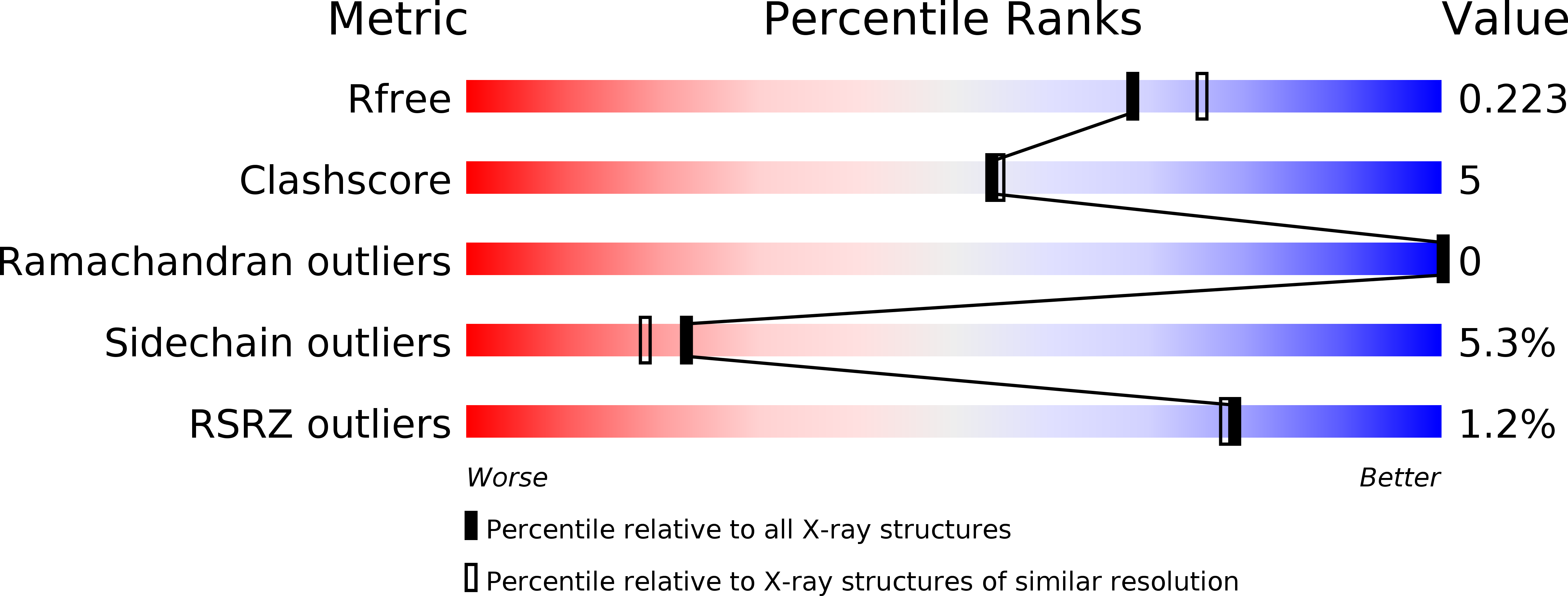
Deposition Date
2014-02-13
Release Date
2014-08-27
Last Version Date
2024-11-20
Method Details:
Experimental Method:
Resolution:
2.00 Å
R-Value Free:
0.22
R-Value Work:
0.17
R-Value Observed:
0.17
Space Group:
P 21 21 21


